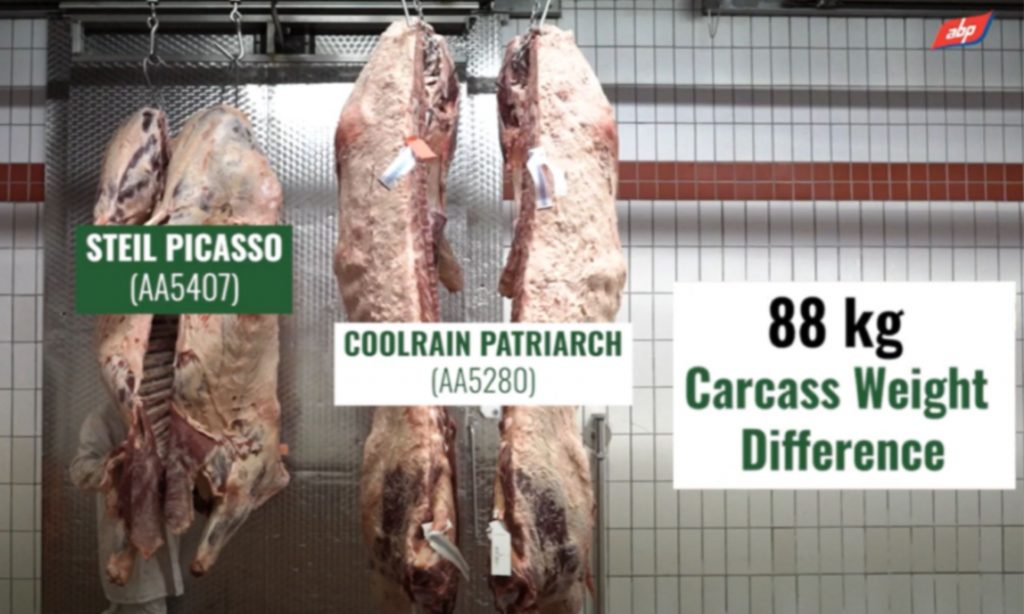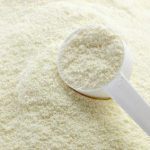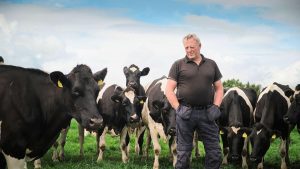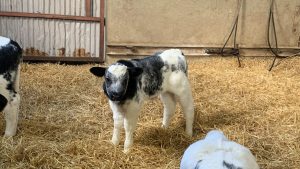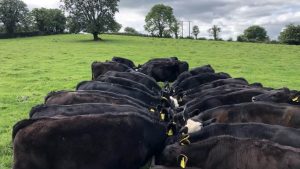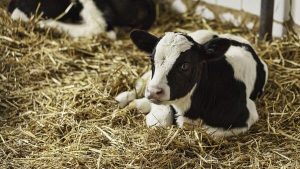
In one example, the carcass performance of two Angus dairy-beef heifers bred from different artificial insemination (AI) bulls were compared at ABP Slaney, Co. Wexford.
Both heifers were on the ABP Demo Farm since they were three weeks of age and received identical treatment in terms of feeding, animal husbandry and grassland management. Neither of the two heifers suffered any performance setbacks.
The video below compares the difference:
As the video indicates, the high-performing heifer was sired by AA5280 which had a Dairy Beef Index (DBI) value of €75 and a beef sub-index value of €43. Note: All figures are based on 2022 evaluations.
The smaller heifer was from sired by AA5407, which had a DBI of €68 and a beef sub-index value of €22.
As can be clearly seen, the figures speak for themselves in terms of the kill-outs of the two heifers.

Both heifers graded well for conformation, and both were in-spec carcasses.
Despite both heifers arriving at the ABP Demo Farm appearing virtually identical as calves, the heifer from the sire with a higher beef sub-index by far outperformed the heifer from the sire with the lower beef sub-index.
The dairy-beef heifer from the better sire graded an R=4 with a carcass weight of 355kg, while the dairy-beef heifer from the lesser sire graded an R-3 with a carcass weight of 267kg.
The example clearly highlights the importance of purchasing calves of good genetic merit rather than basing selection on what the calf looks like at two/three weeks old.
At a recent series of ABP Advantage Beef Programme calf-rearing information events, Connolly advised dairy-beef farmers to view the sire data of calves before agreeing to purchase them.
Farmers who are unsure how to do this should contact a member of the Advantage Beef Programme farm liaison team.
Most dairy farmers at the event agreed that they have rarely – if ever – been asked about the sire indexes by the farmer buying their calves.
The calf-to-beef farmers in attendance at the event also agreed that they have rarely – if ever – enquired about the sire indexes of the calves they are buying.
Connolly said that this is a trend that needs to change.
With the 2023 calf-rearing season fast approaching, calf-to-beef farmers were advised at the events to start considering what type of calves they will buy and how they will ensure they buy the best-quality calves possible.
